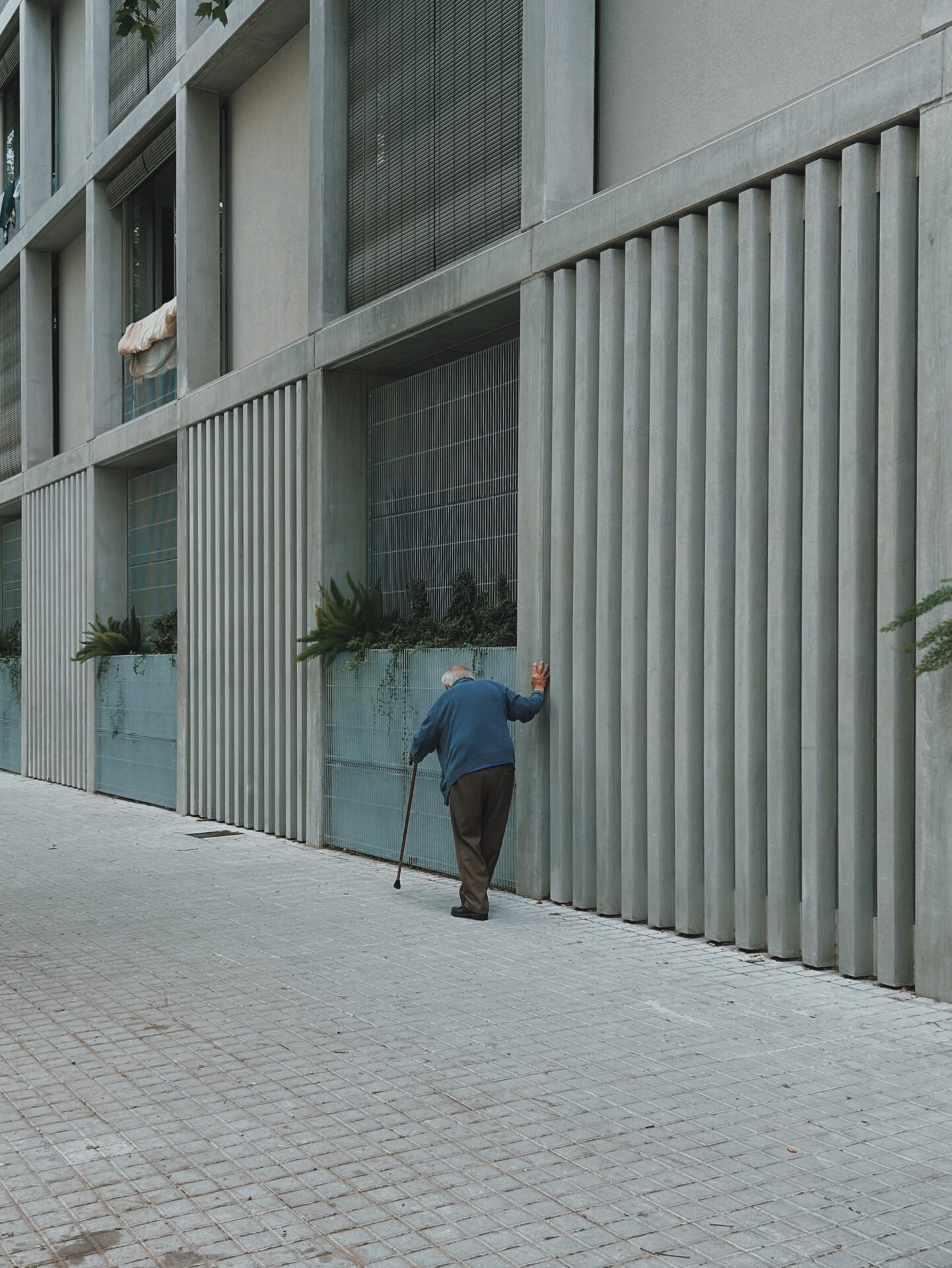
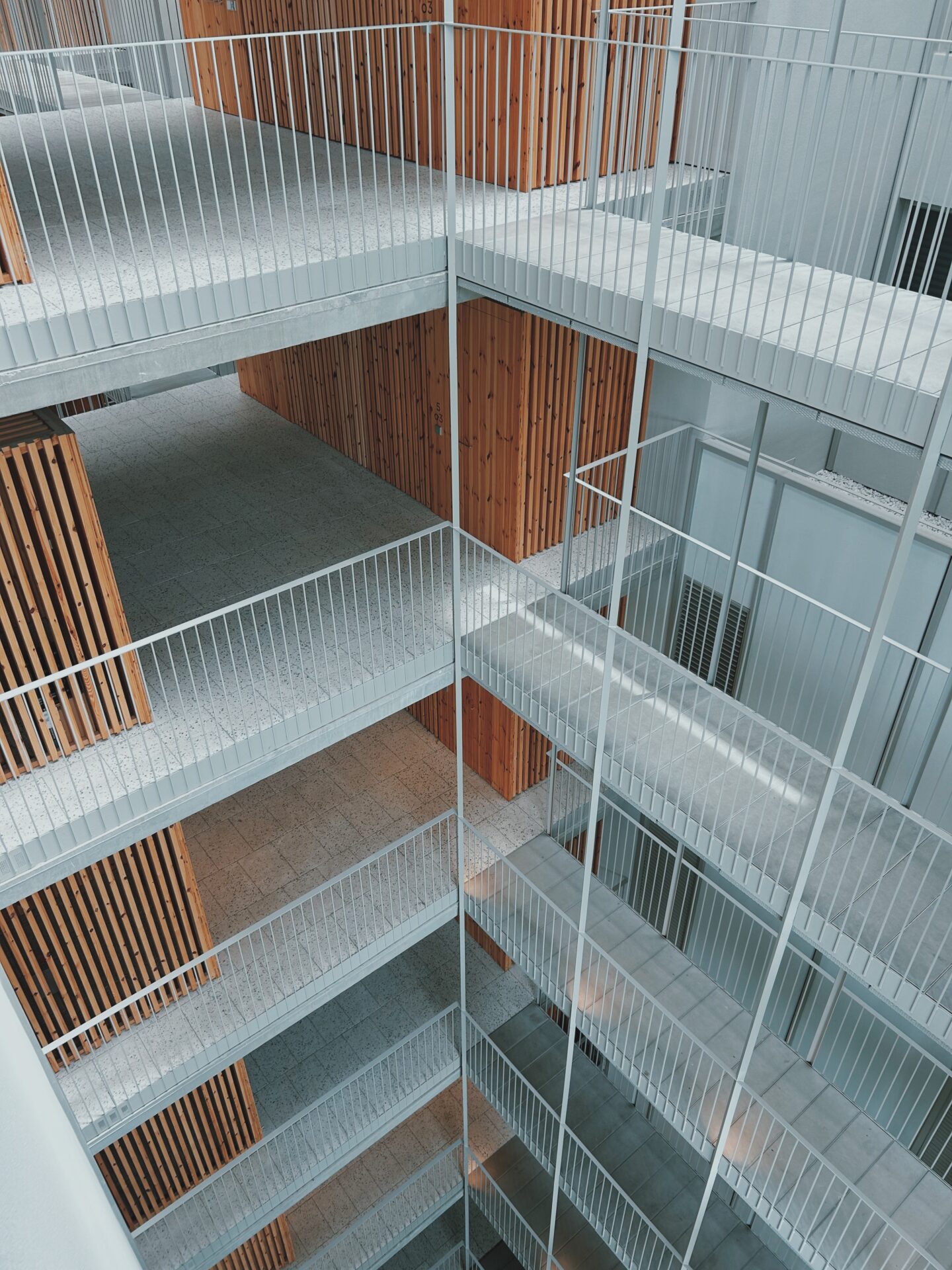
Historical Passivity
In Barcelona, there appears to be an ingrained consideration of the past, whether that be formal, symbolic or environmental. This could be through the display of history’s complexity with structural composition, or through the elemental reutilisation of the past’s physical materials (tiles, bricks, doors, etc) to continue the layered history of an individual building. The past is thus something that produces the now into the future.
But for apartment design, in which a clear regularity and repetition is best, Barcelona has begun to prioritise the simple environmental controls of its hot history. With a large push for more social housing in a city with little history of it, cross-ventilation is now seen as preferable over air conditioning, and architectural initiatives are driving it.
Peris+Toral’s The Greenh@use is an example of social housing in which three distinct groups are afforded homes. Refugees, social housing renters and aged care residents are contained across 140 apartments on nine levels. Each apartment is double fronted with large windows facing the street and ventilated entryways facing the interior atrium. This enclosed atrium is then controlled through solar shades and louvres to regulate the temperature of the apartments themselves and the atrium. This simple public void then provides the basis of social spaces across the whole building.
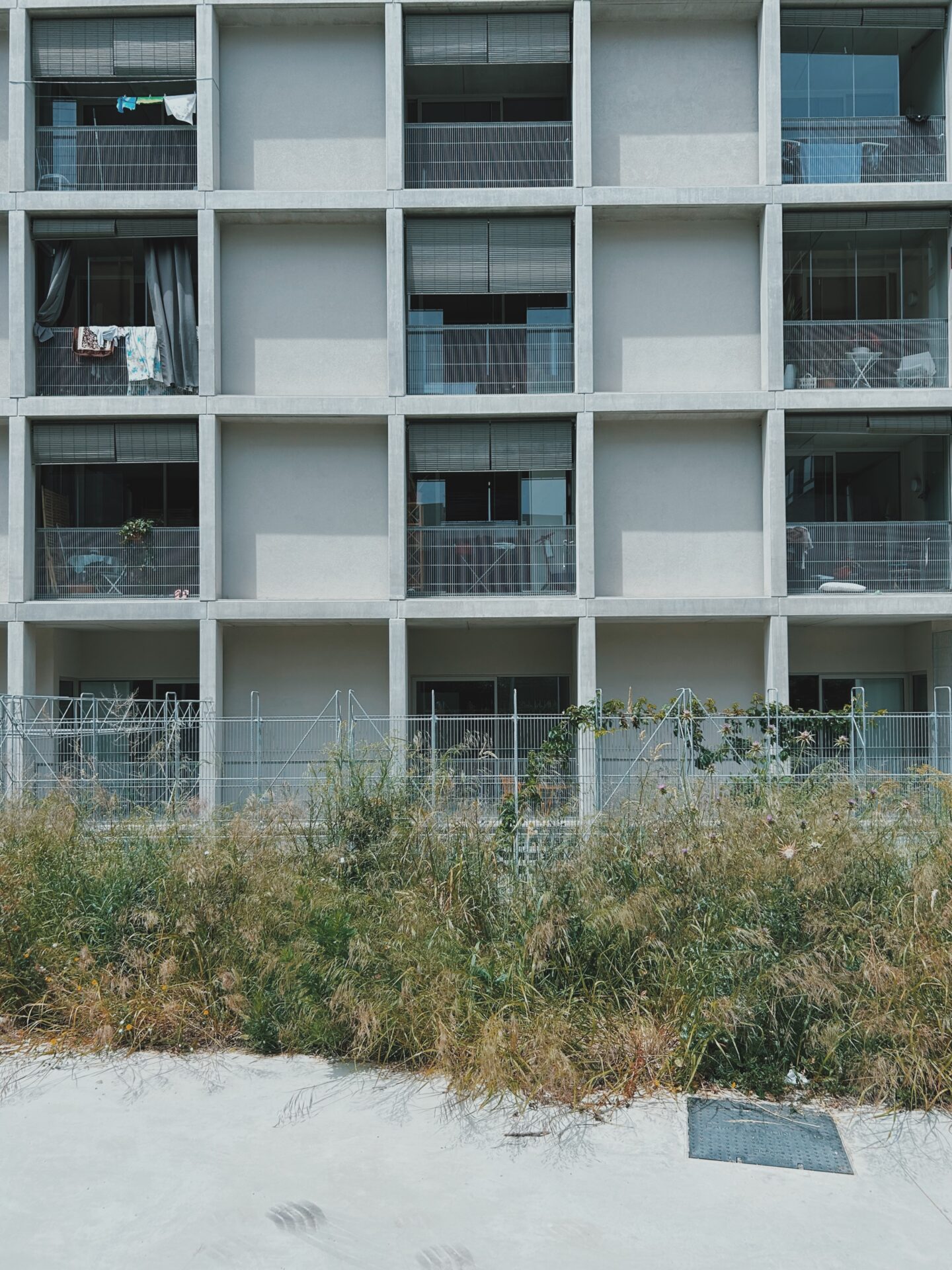
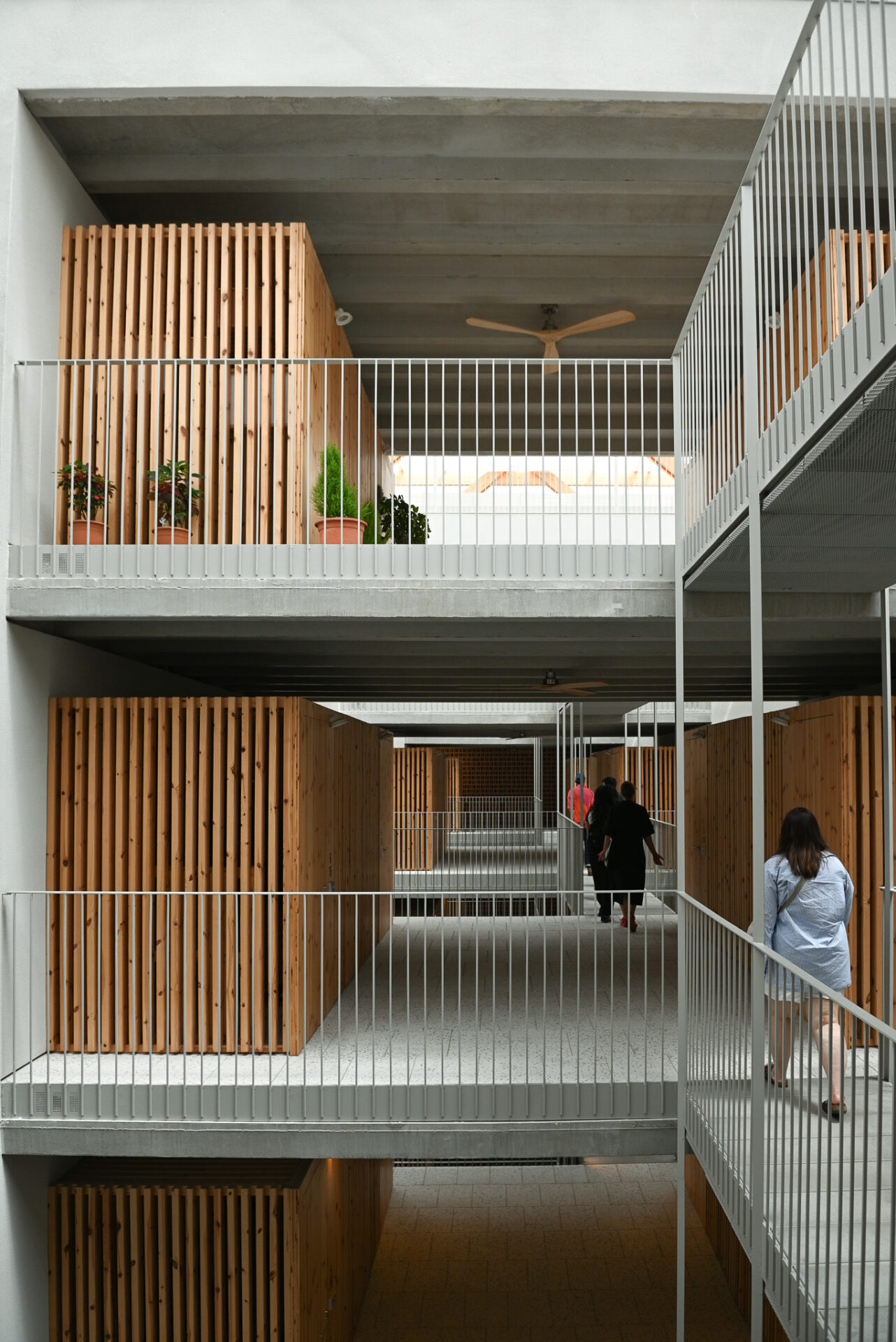
Most people would be concerned for aged care residents without air conditioning but the simple stack system was clearly effective from our visit. For extreme weather conditions, residents on each level have a public area designated as a climatic safe space that is air-conditioned, minimising the operational carbon of the building, yet ensuring comfort in rare occasions. These public areas are then provided with facilities in normal times – a gym, a classroom and a computer room – which ensures further social amenities for the groups to share. This is a system of environmental addressment based on sociality and an idea of comfort that isn’t one temperature.
Cross-ventilation is something Australians have always considered in our landscapes. The control of air and wind is something that defines much of our design thinking in buildings and landscapes outside urban developments. When we are hot, the flow of air reduces the degree of temperature that we feel. As a rule of thumb, when the air flow changes 0.5 metres per second, we feel a single degree less of the temperature. However, when it comes to apartments, our consideration of air flow is often unitary. Rooms must be ventilated, but whole apartments do not have to be cross ventilated between rooms. There is a difference here which is not simply thermodynamic, but also social.
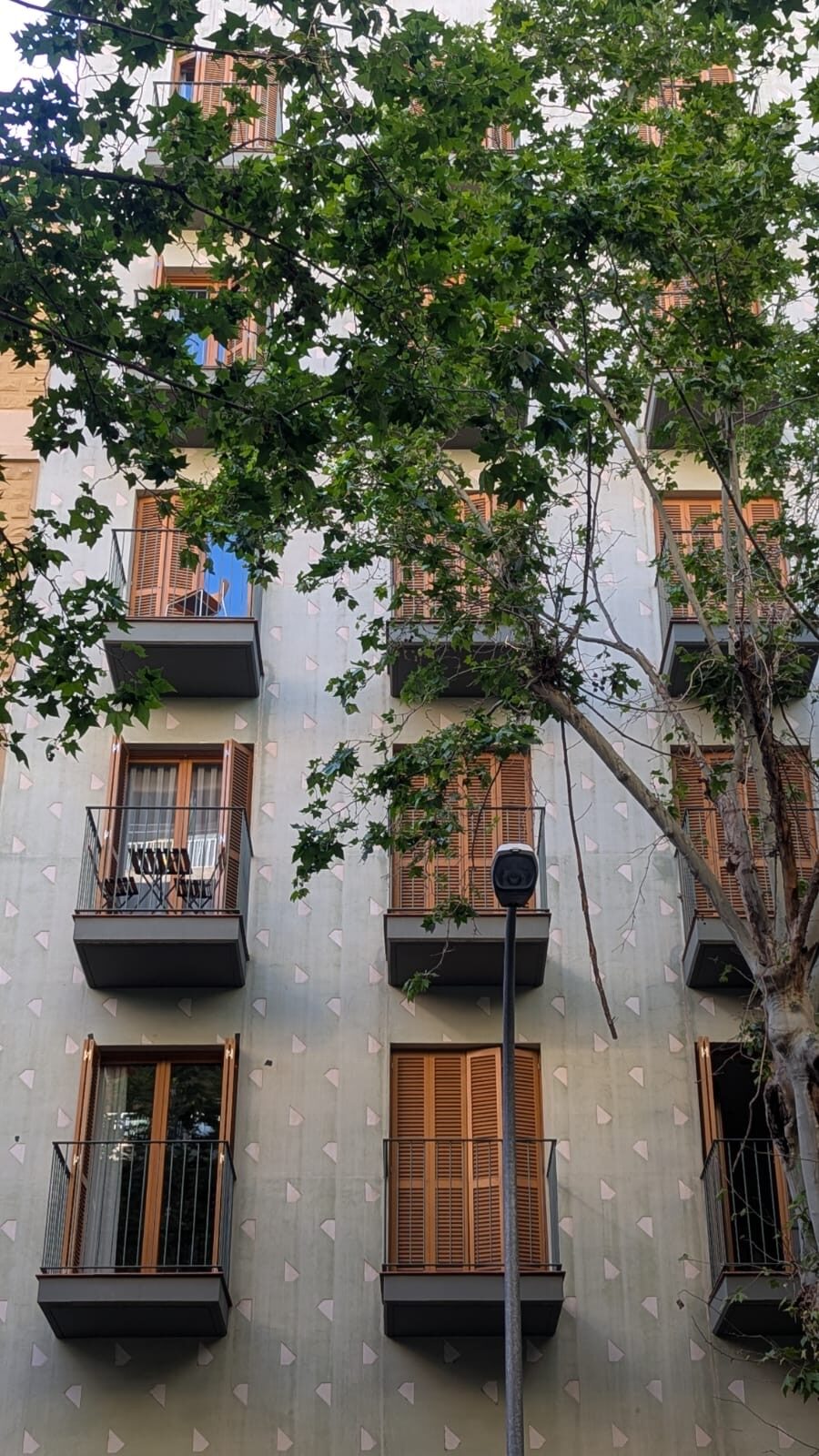
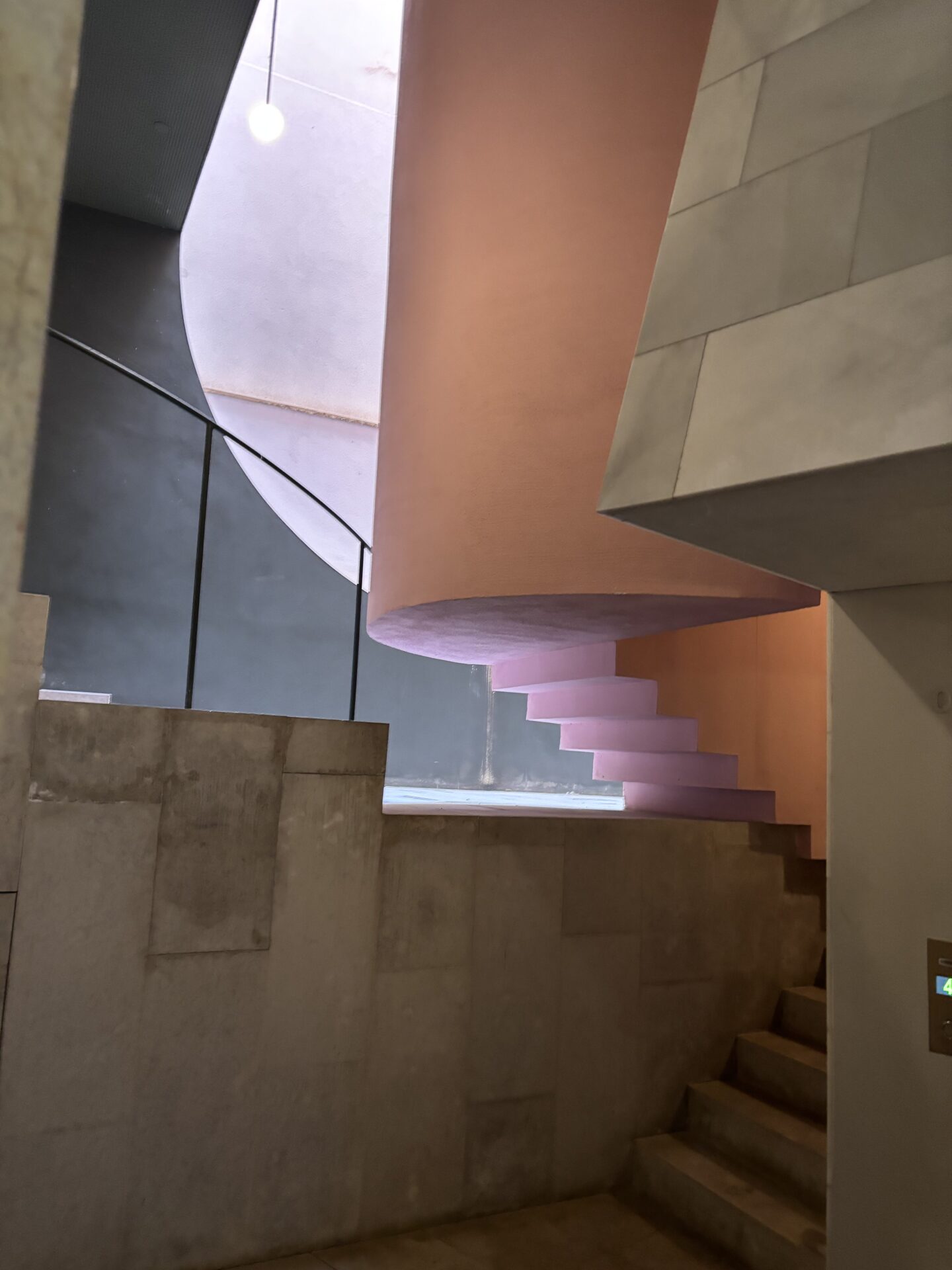
MAIO’s 110 Rooms, completed in 2016, and their more recent project in Sant Feliu de Llobregat completed this year, are examples of this passive preference. Here, MAIO focused concomitantly on the design of non-binary spatial planning and ventilation afforded through five rooms of the same dimensions and the same ventilation capacity between them. This type of typological consideration ensures both apartment ventilation and spatial openness with doors between each room being 1.6 metres wide. In this design, a bedroom can be placed on the west in winter and moved to the east in summer, or can serve as a second living room depending on the number and diversity of inhabitants.
While some of Australia’s discussion around living standards has centred around heating and cooling for rental properties,[1] the understanding of the past and its preference for passive design in Barcelona cannot be lost on those of us living in a similar climatic zone. The opportunity here is the embedment of environmental considerations and social dynamics – something that can ingrain a new way of perceiving comfort and how we connect with those within our own homes and those homes around us.
[1] The Victorian Government will mandate air conditioning into existing rental properties in the coming years. While this is no doubt a good thing for renter’s living conditions, new apartment buildings clearly have the opportunity to still address these requirements but through different and more effective forms of heating and cooling.